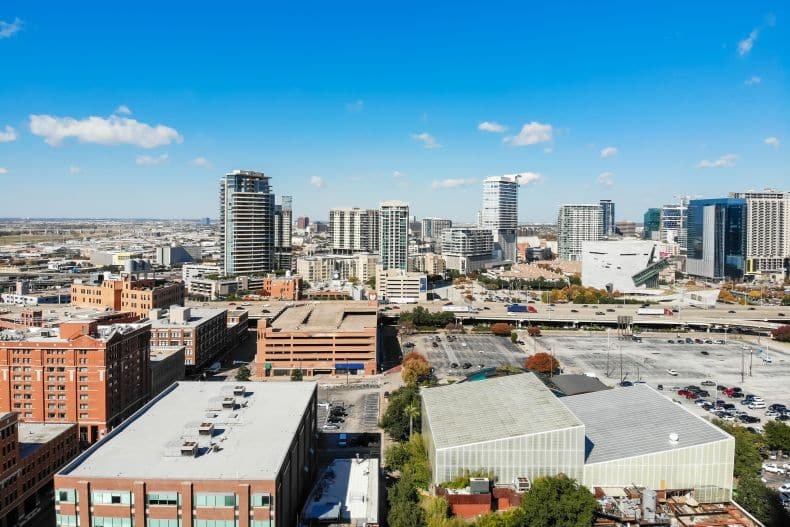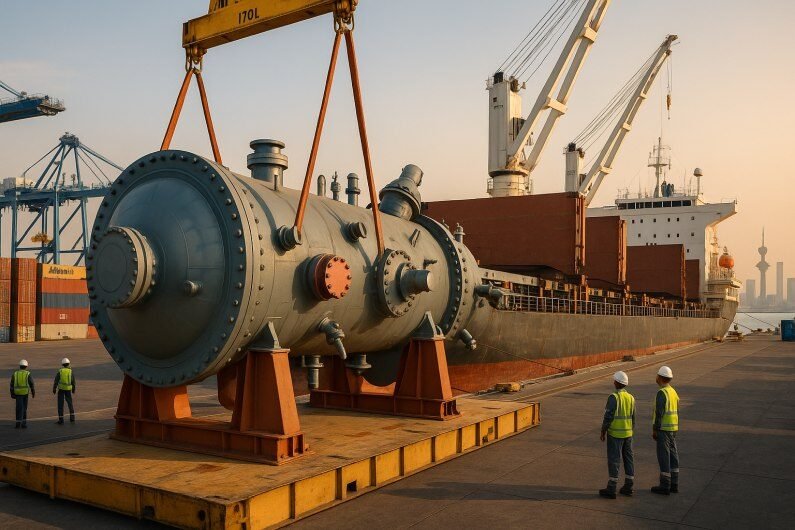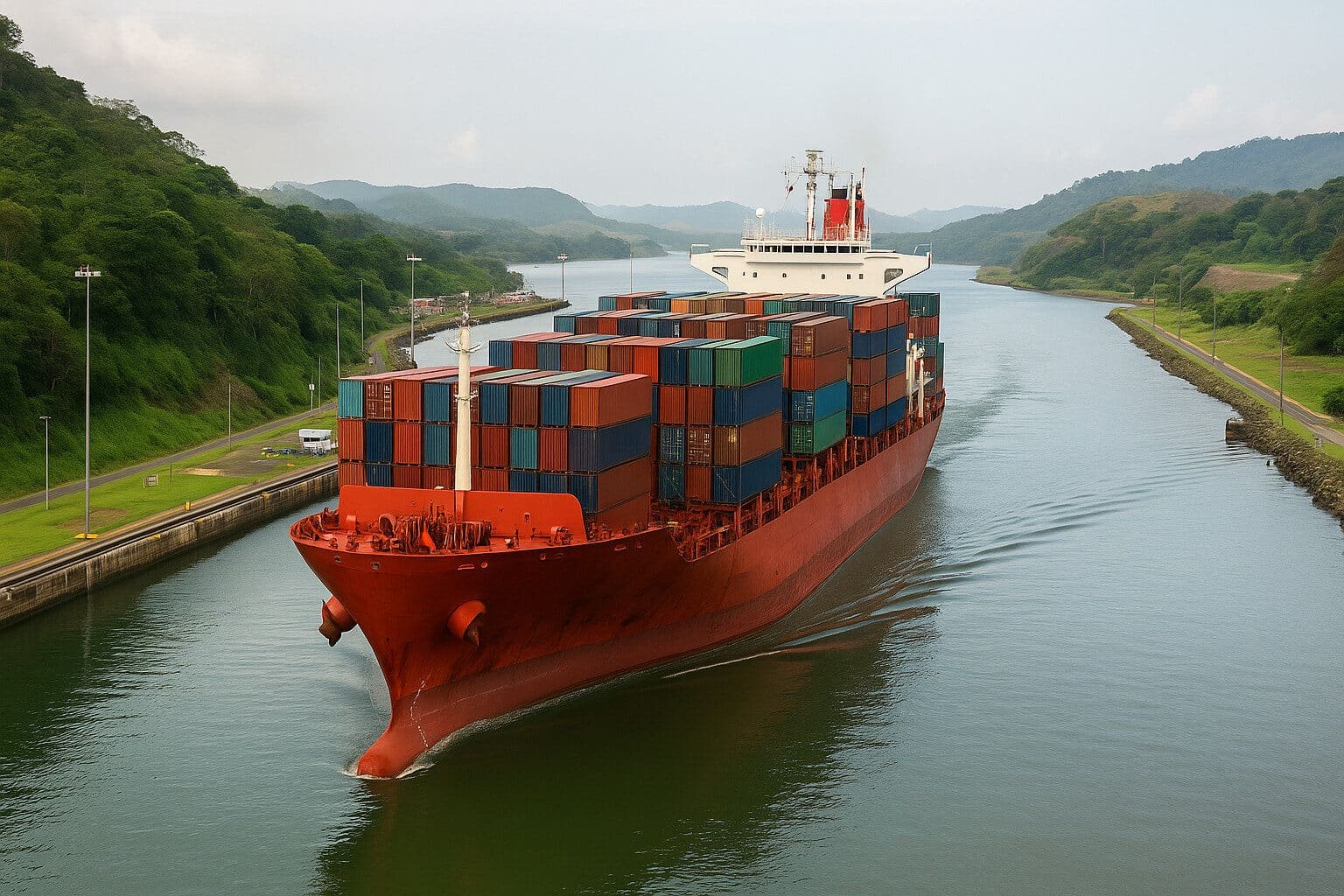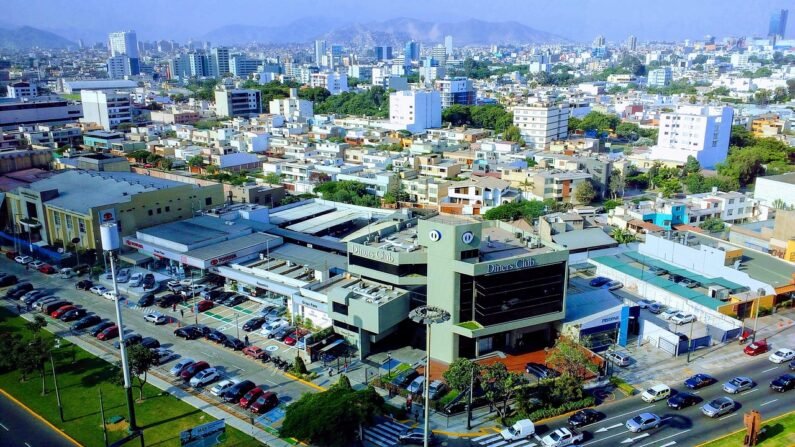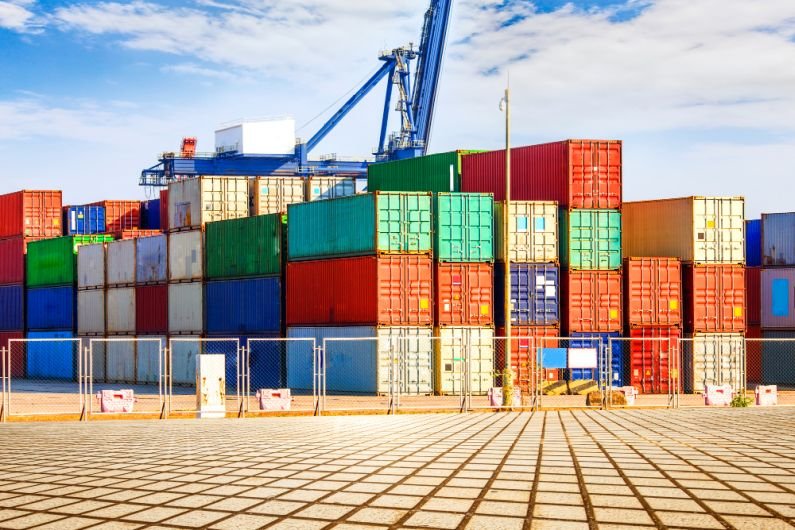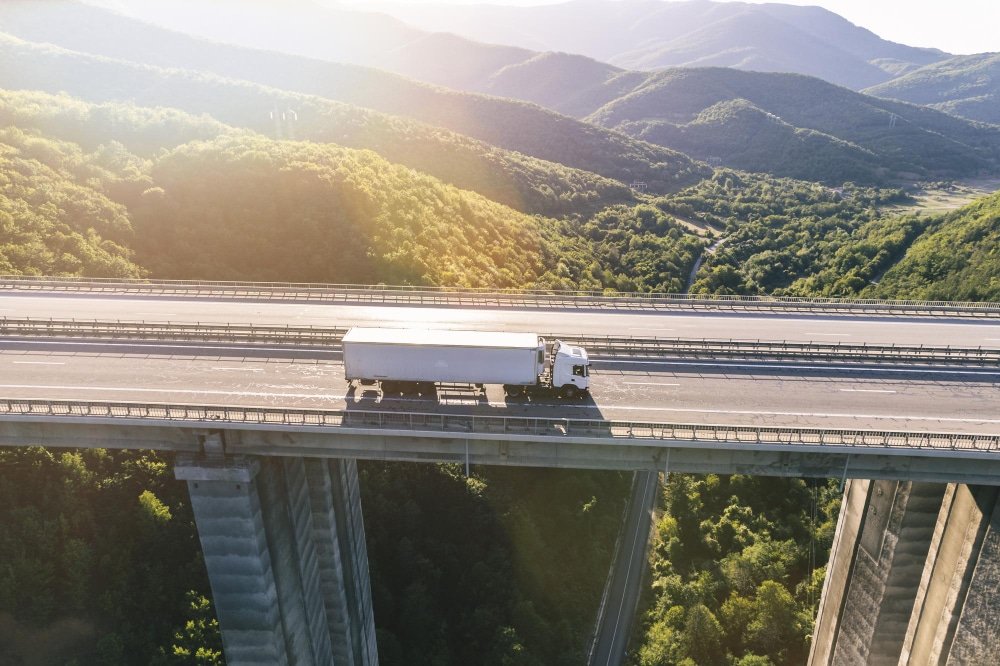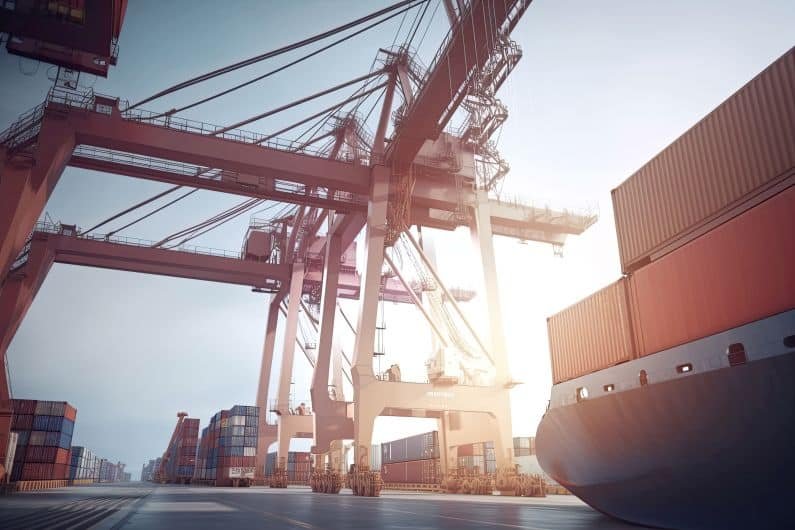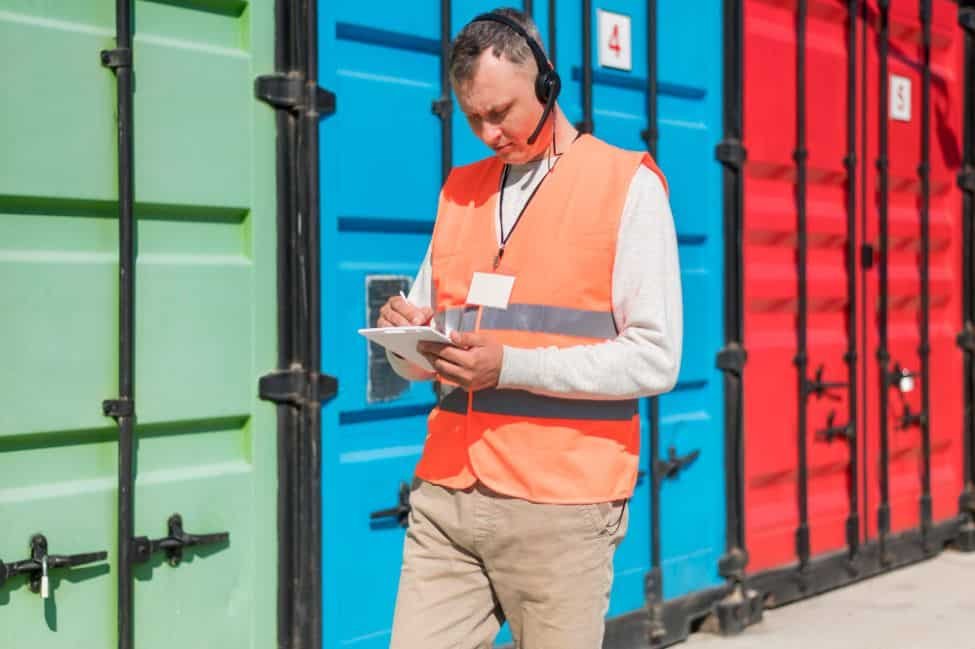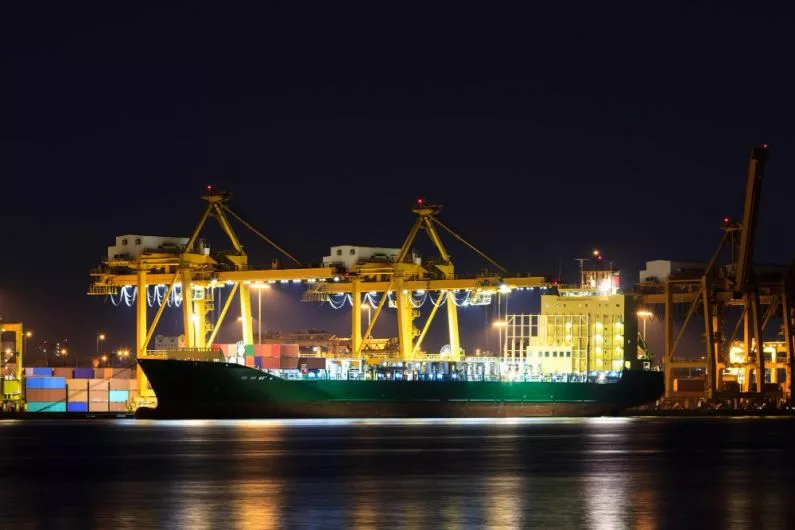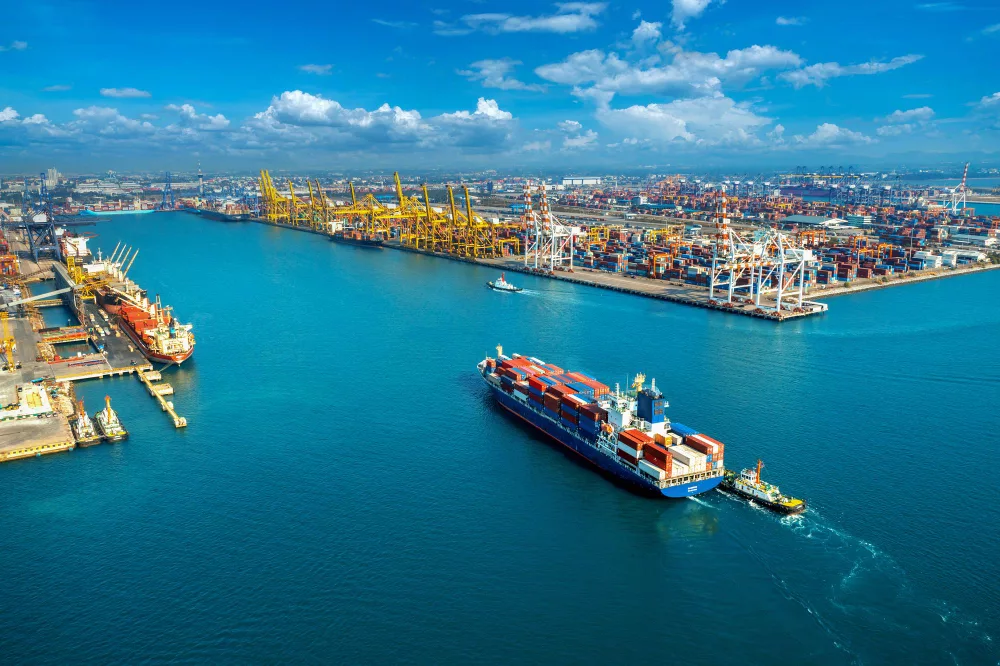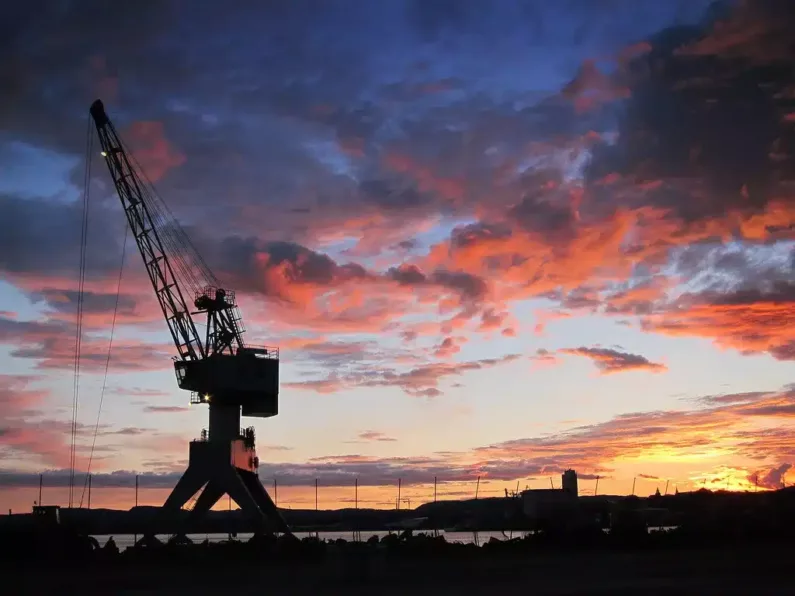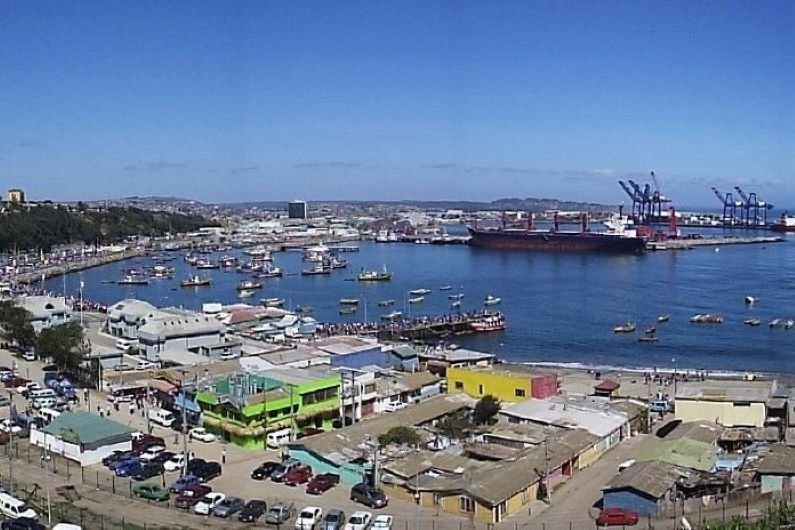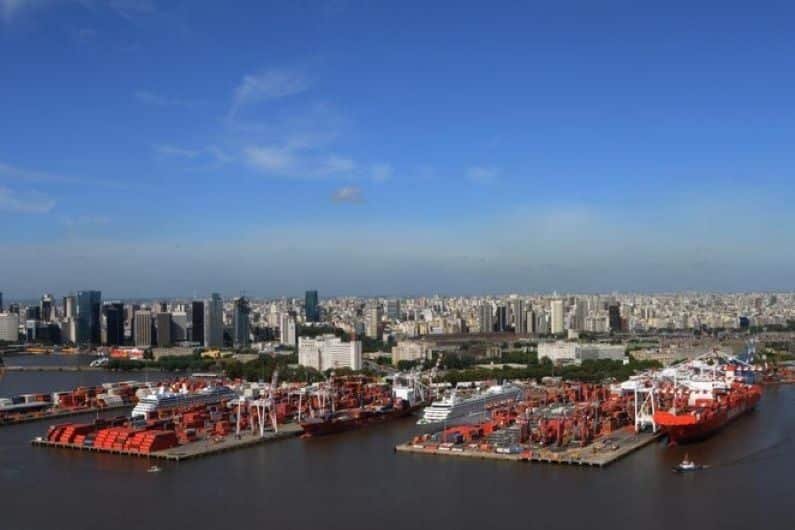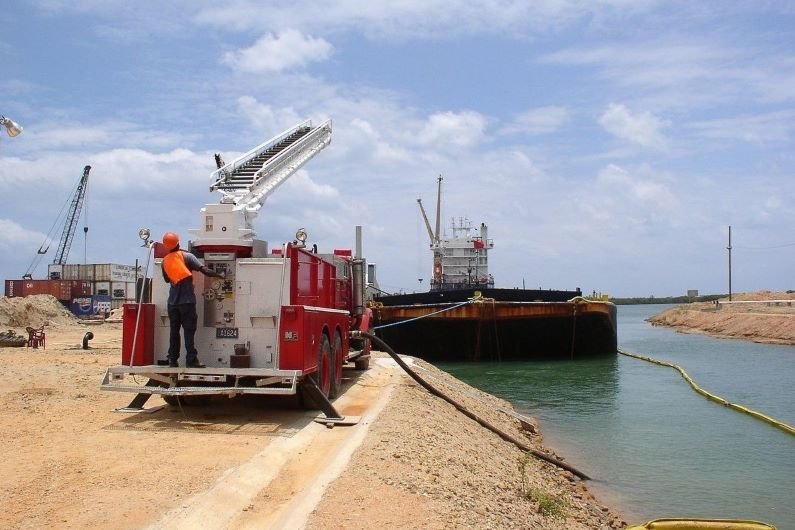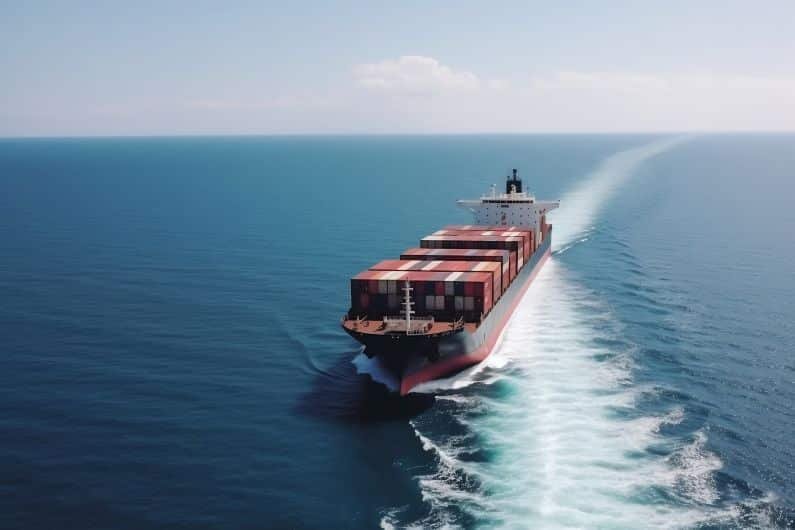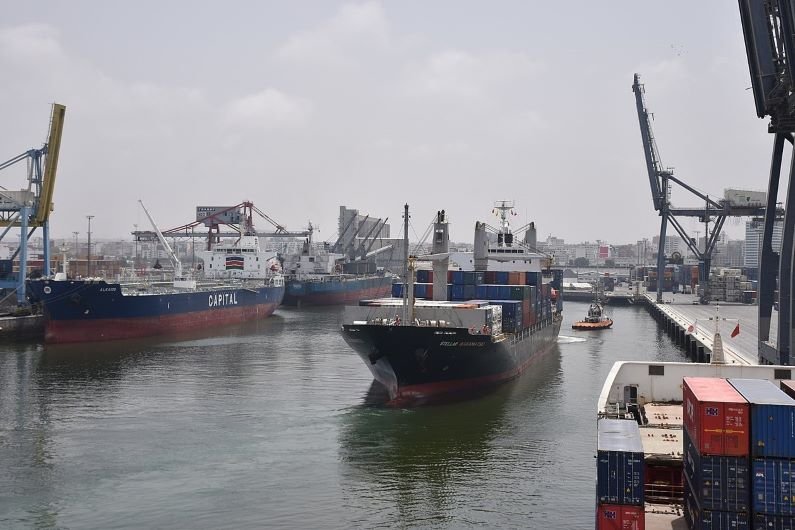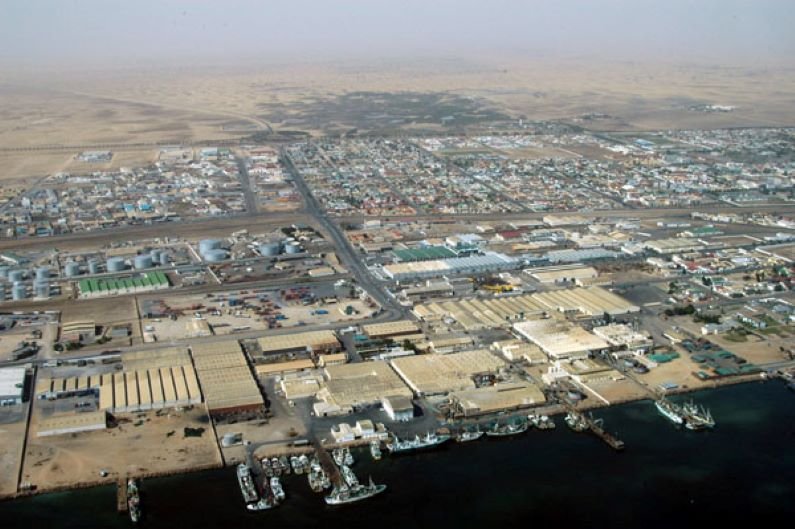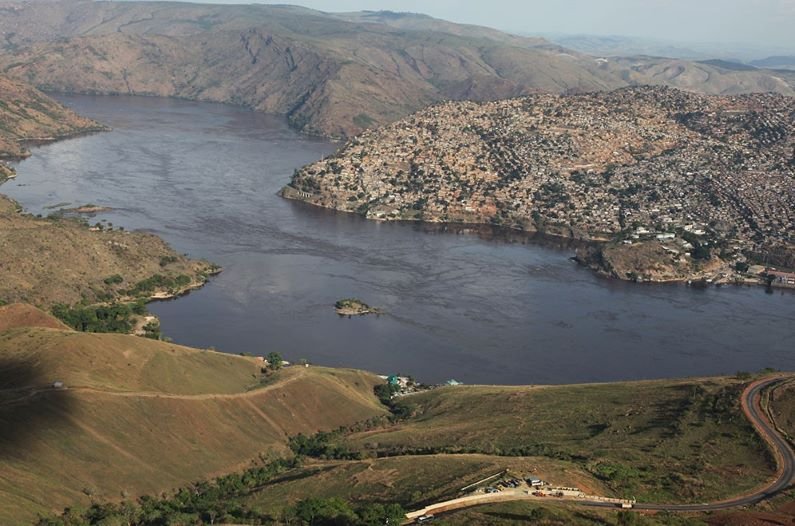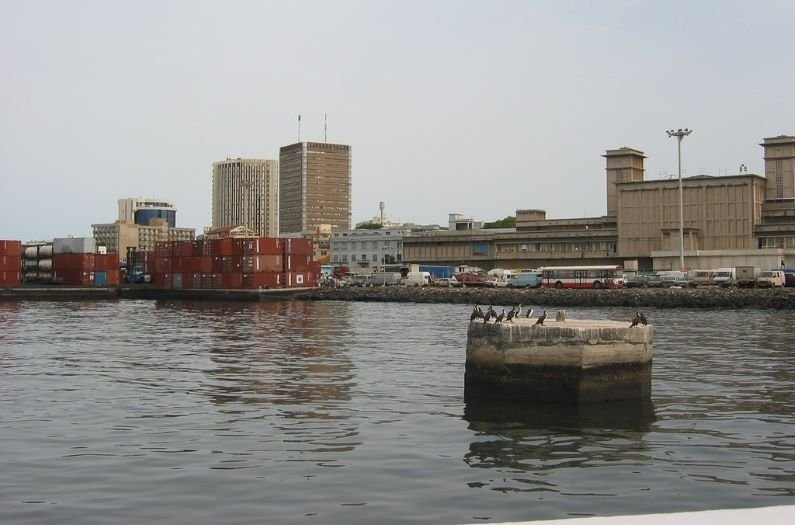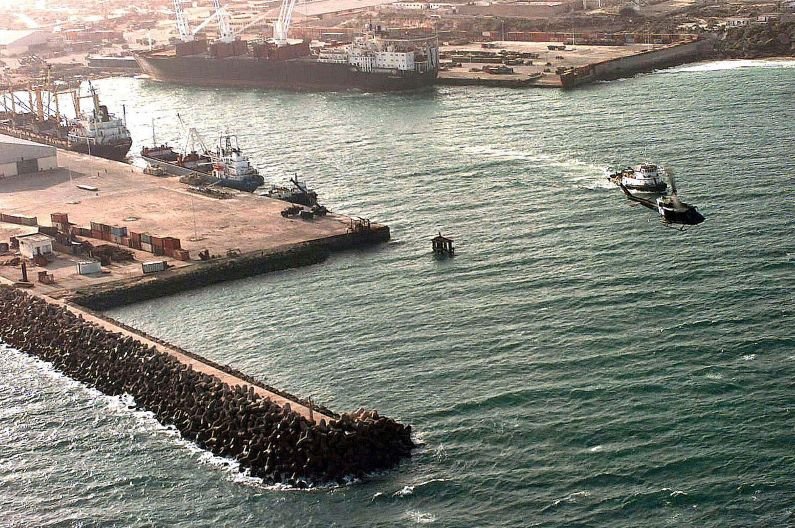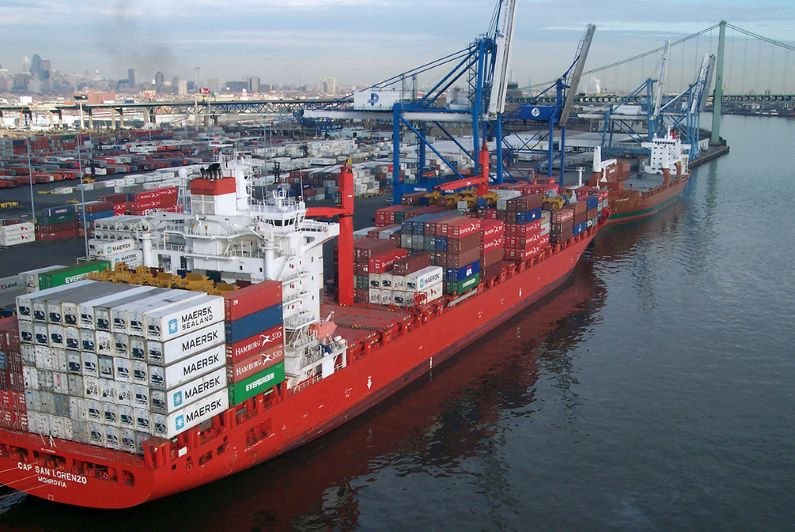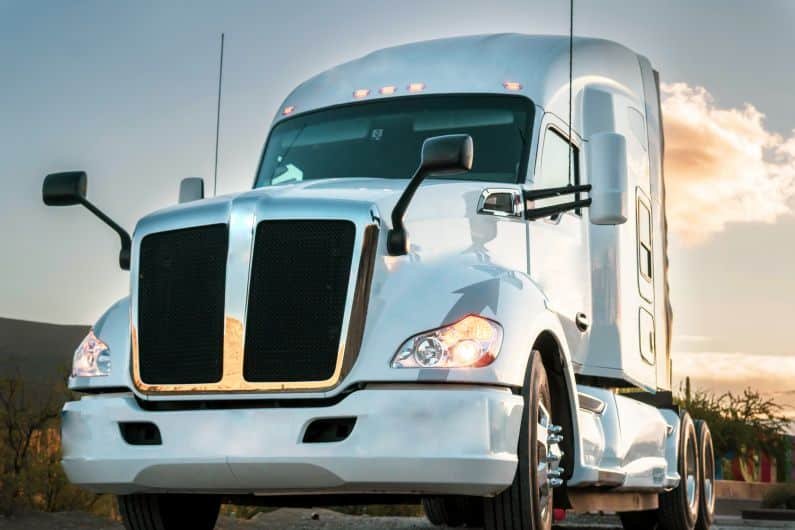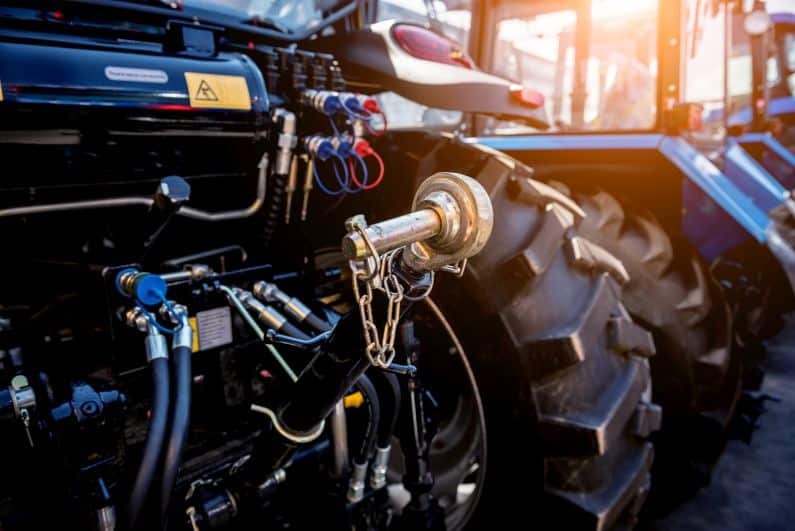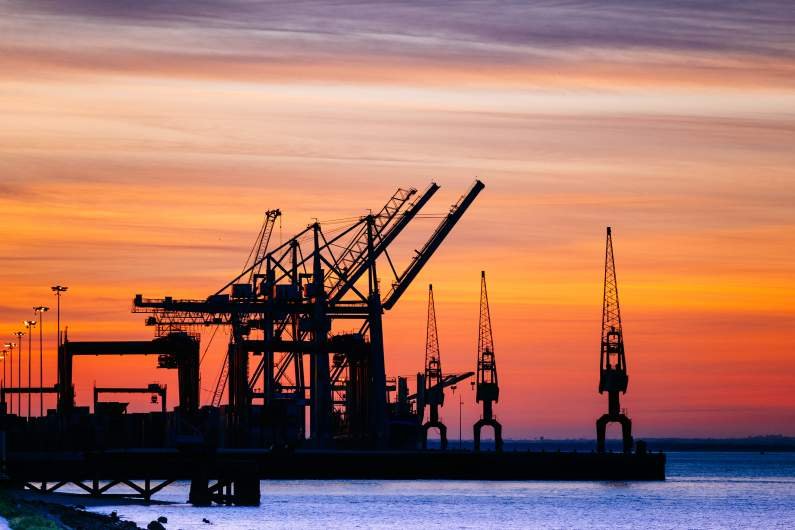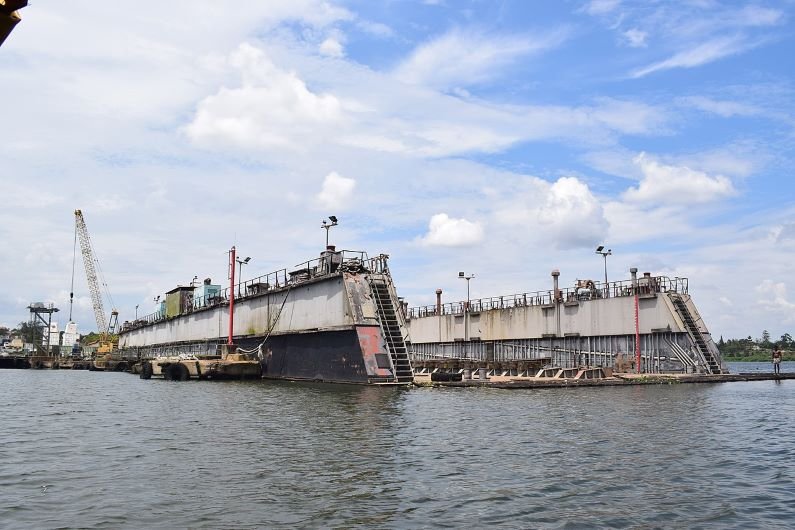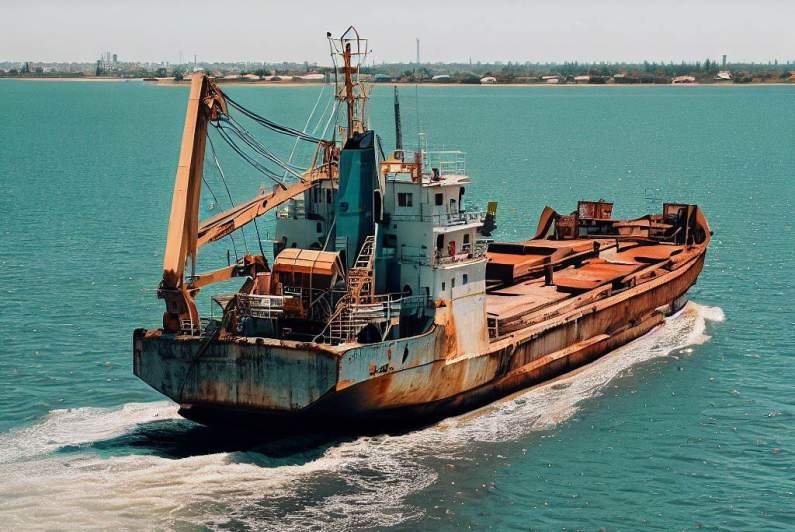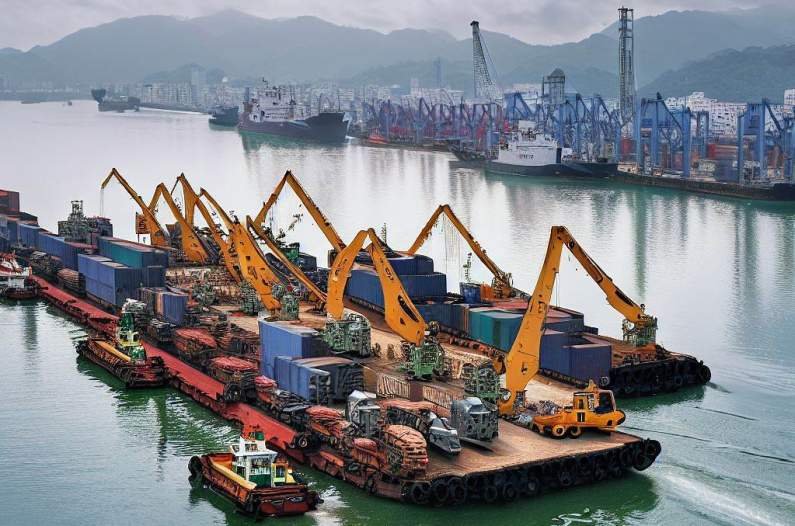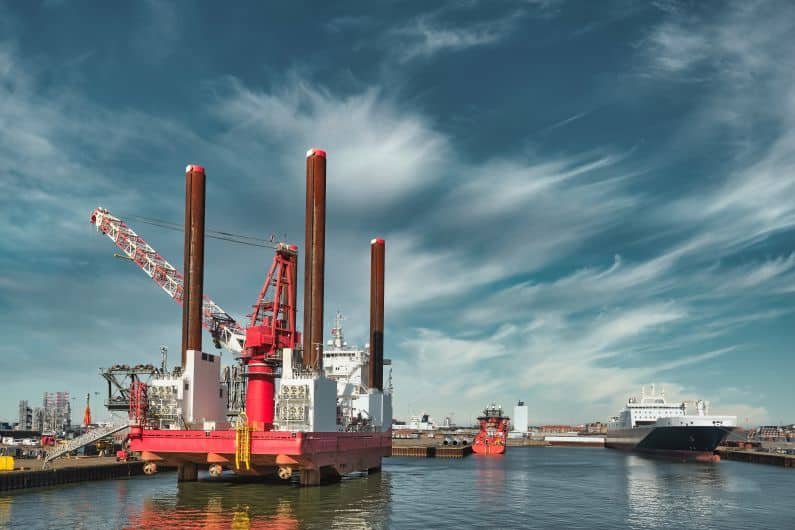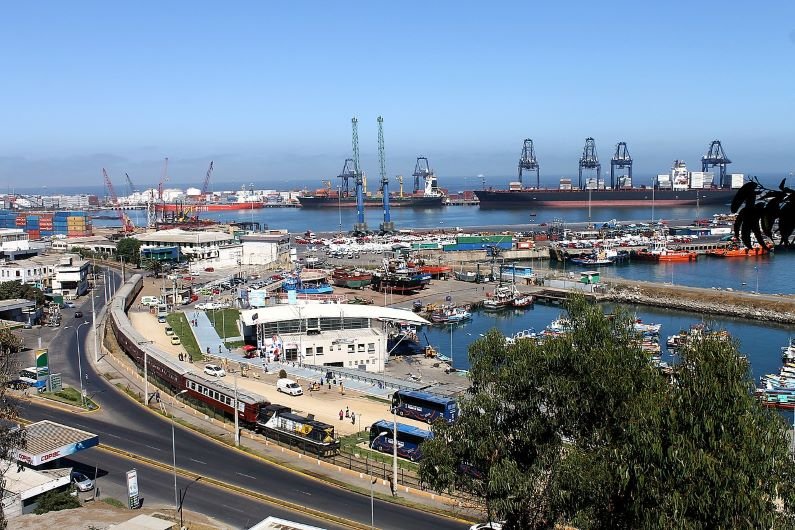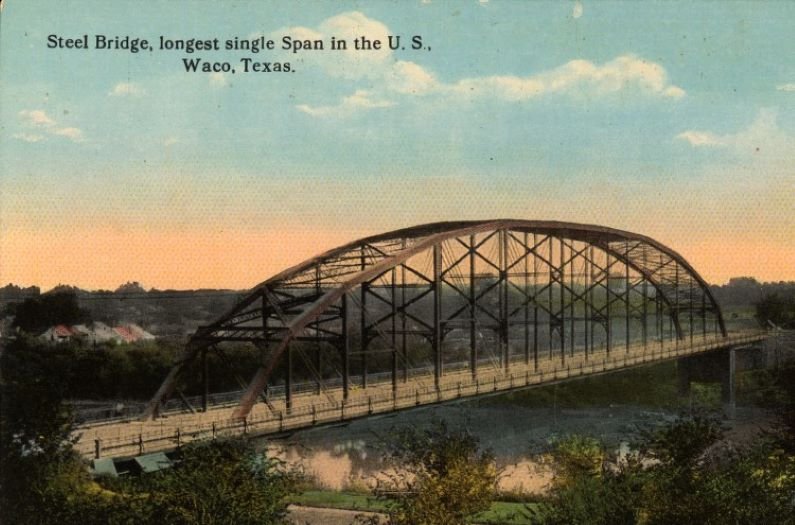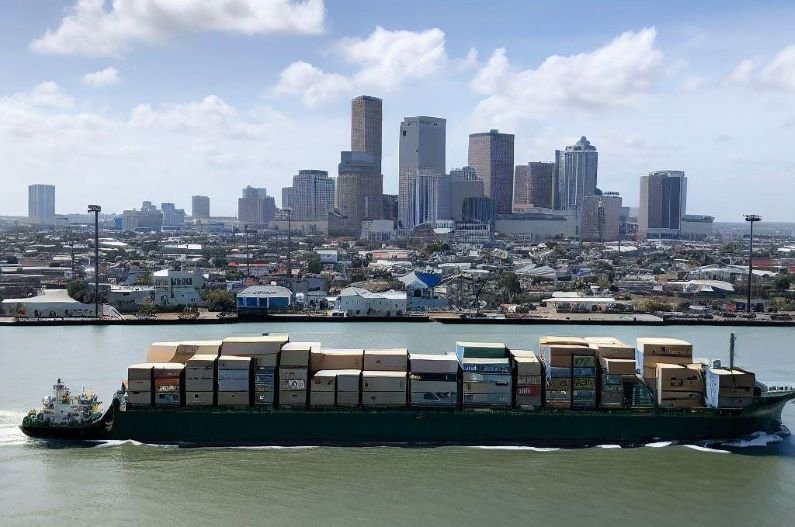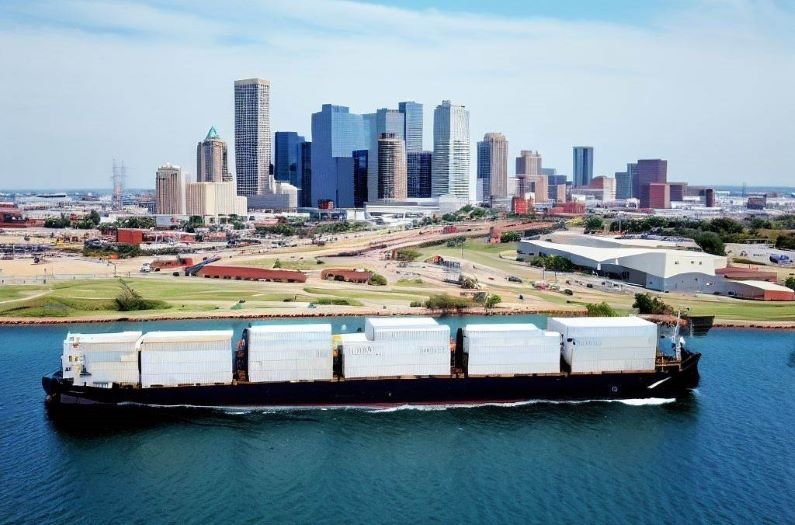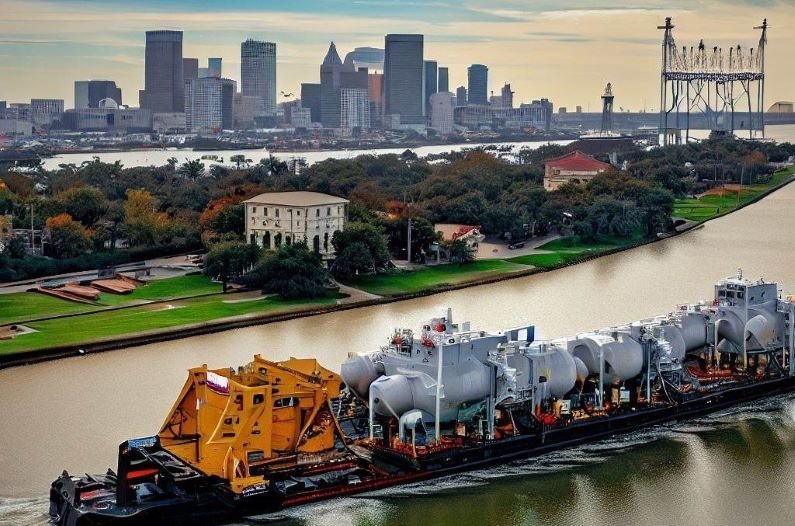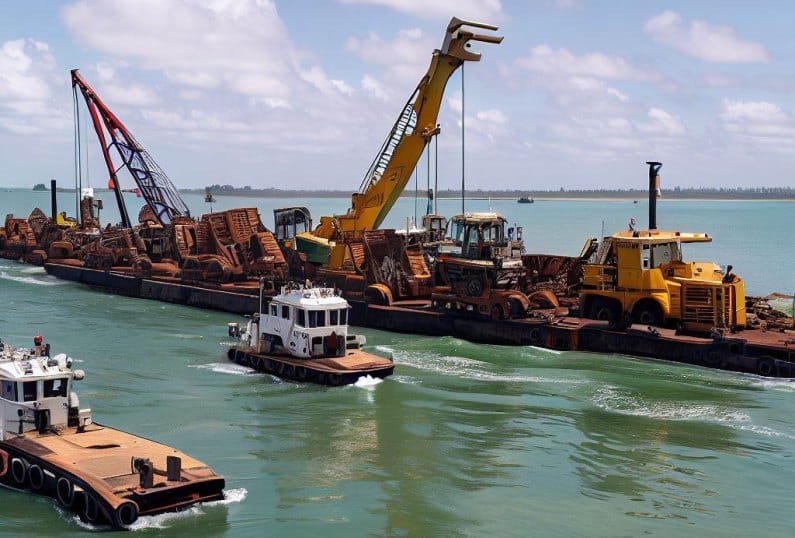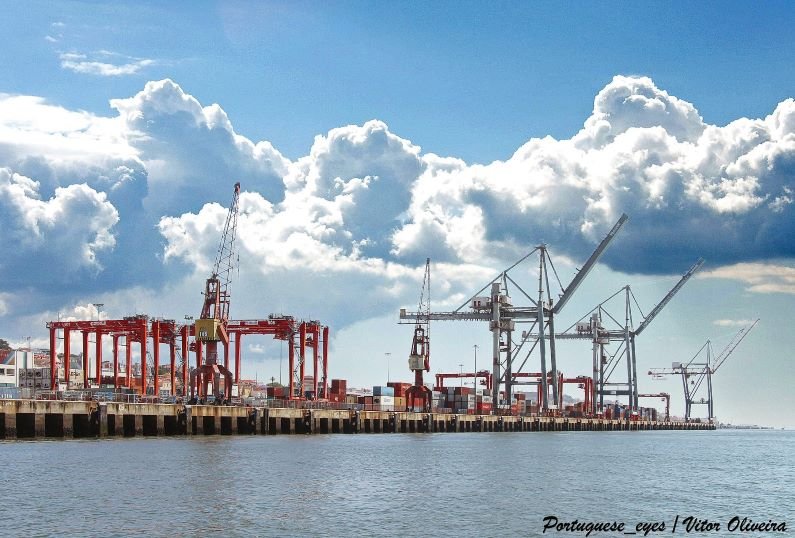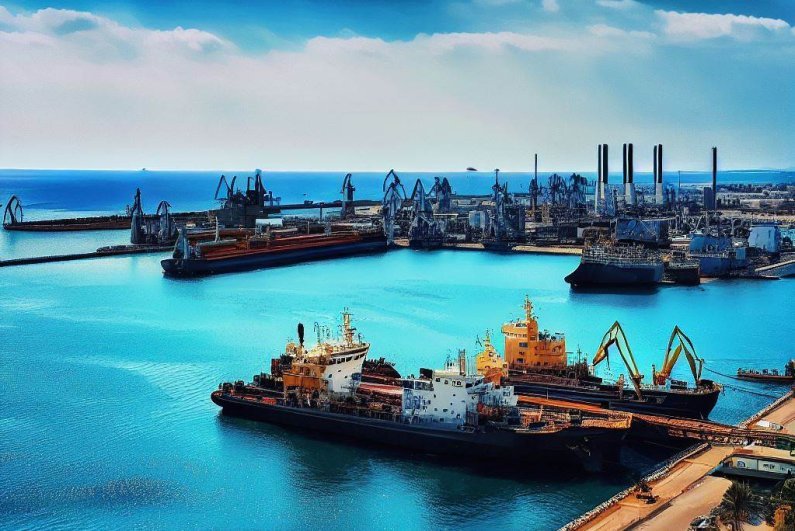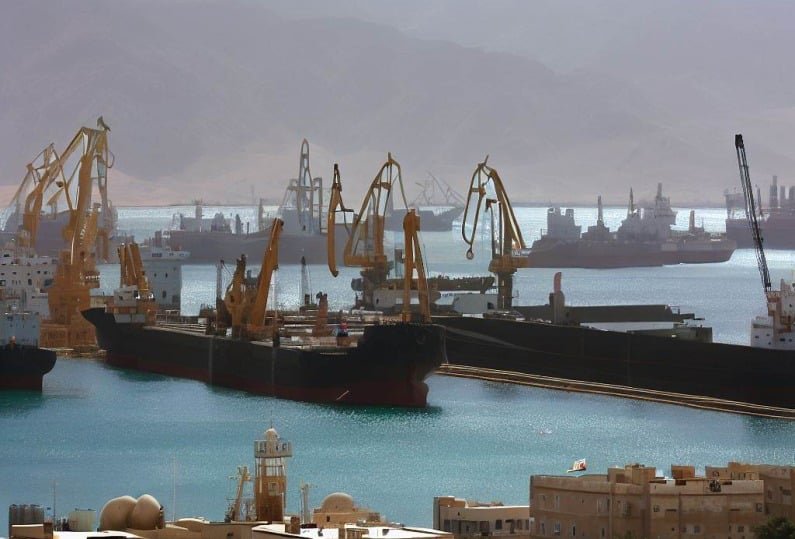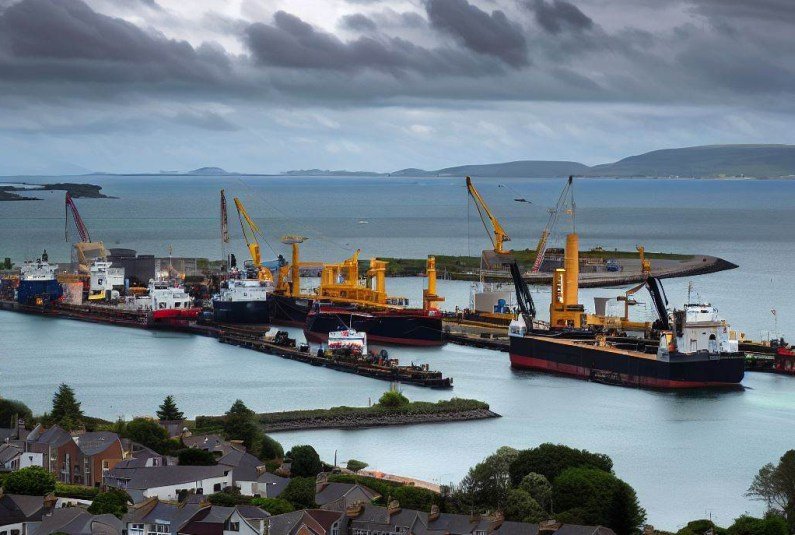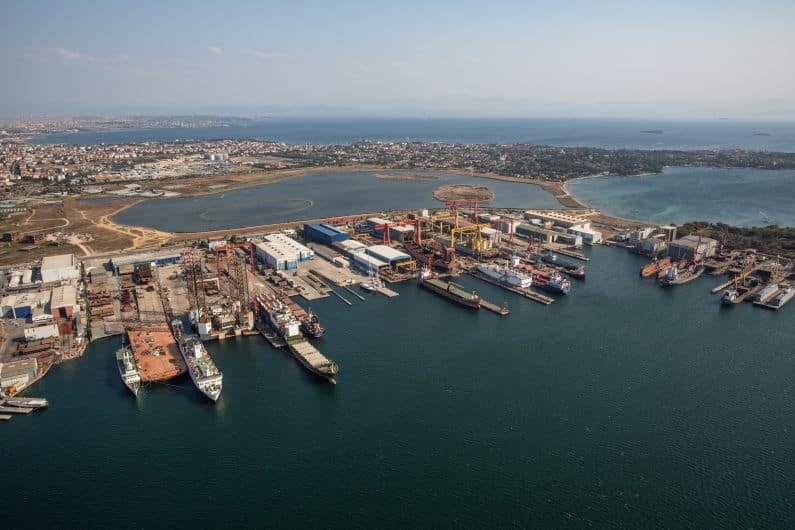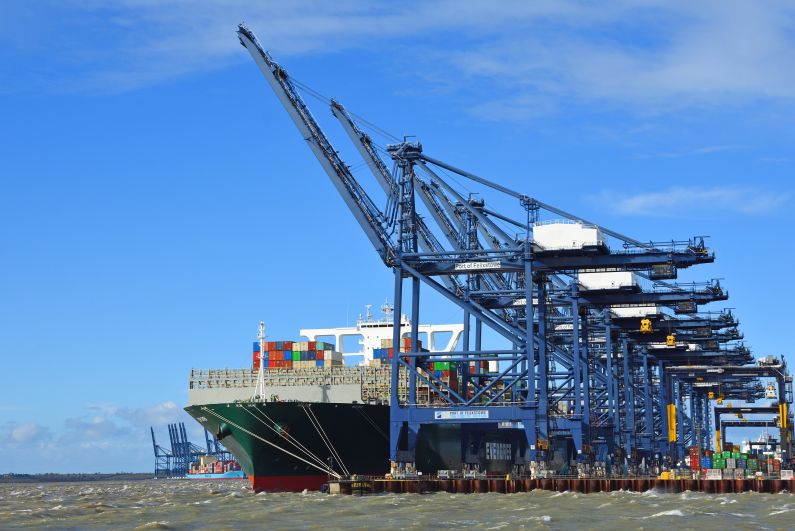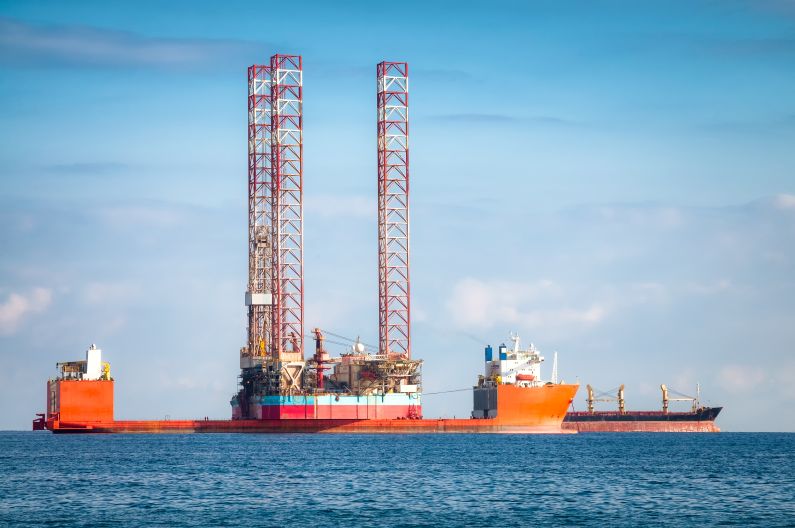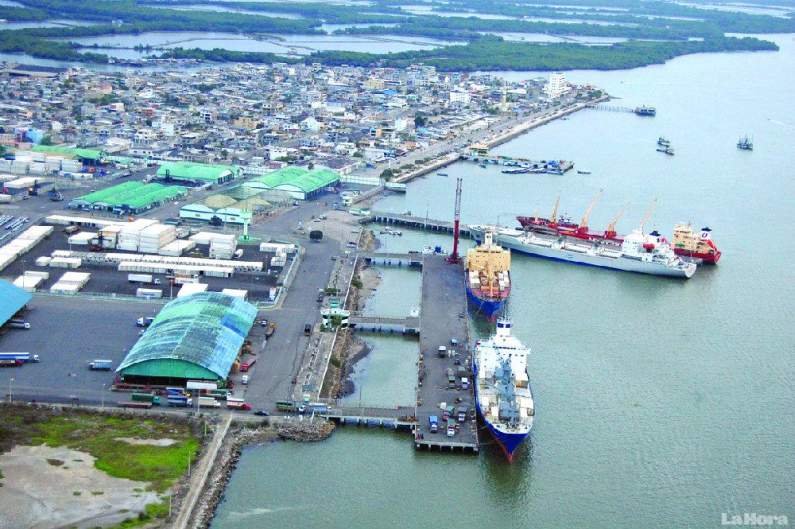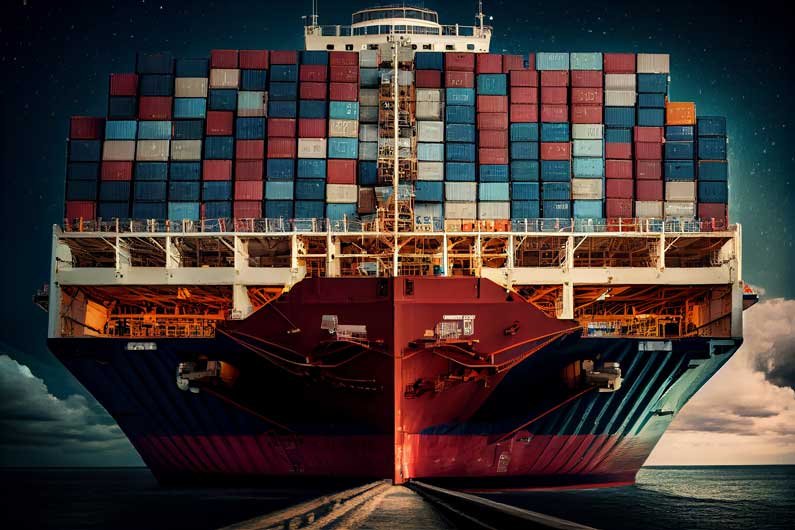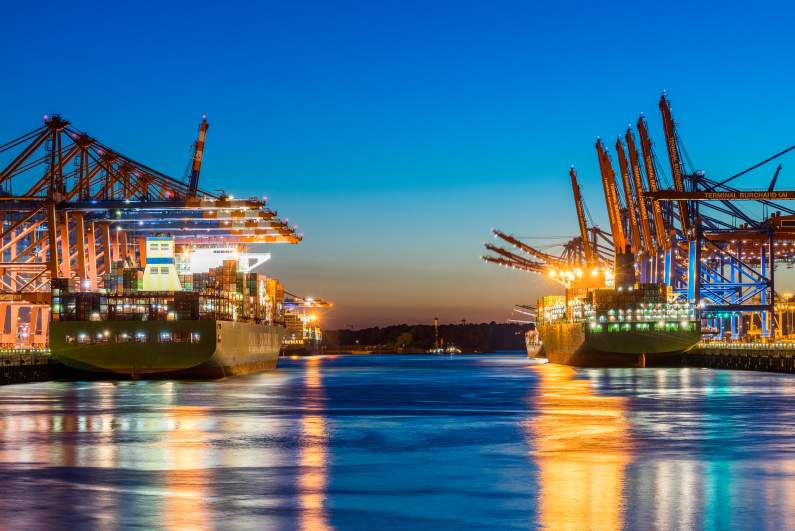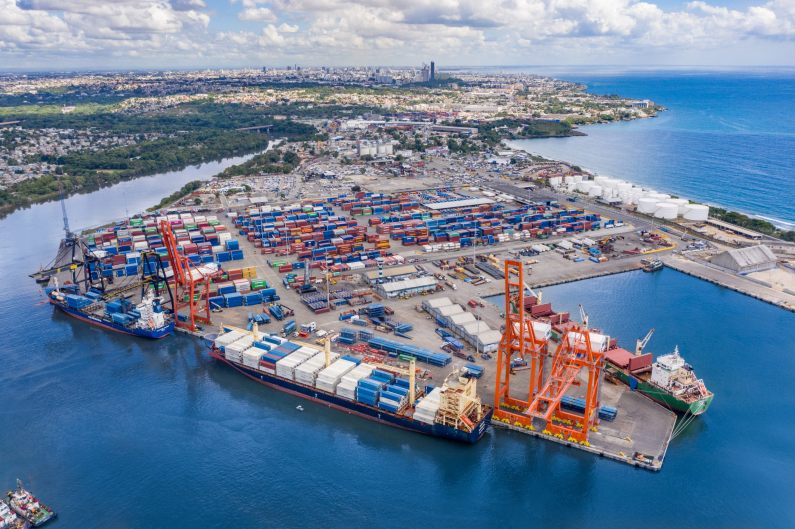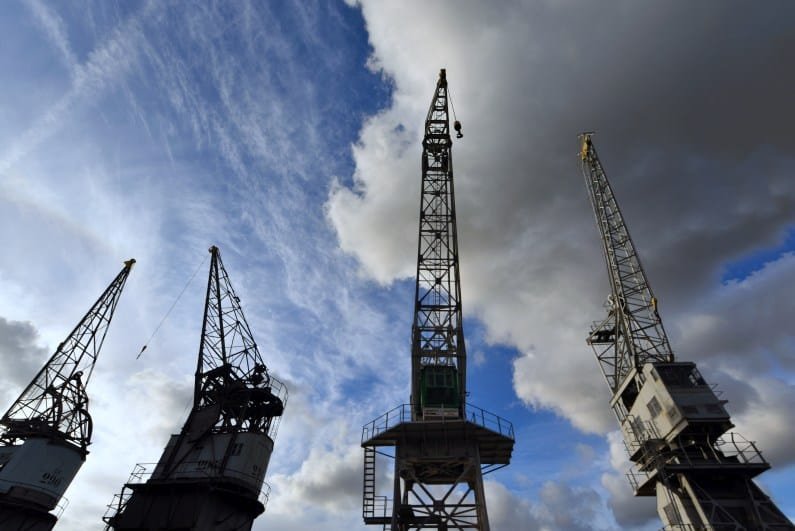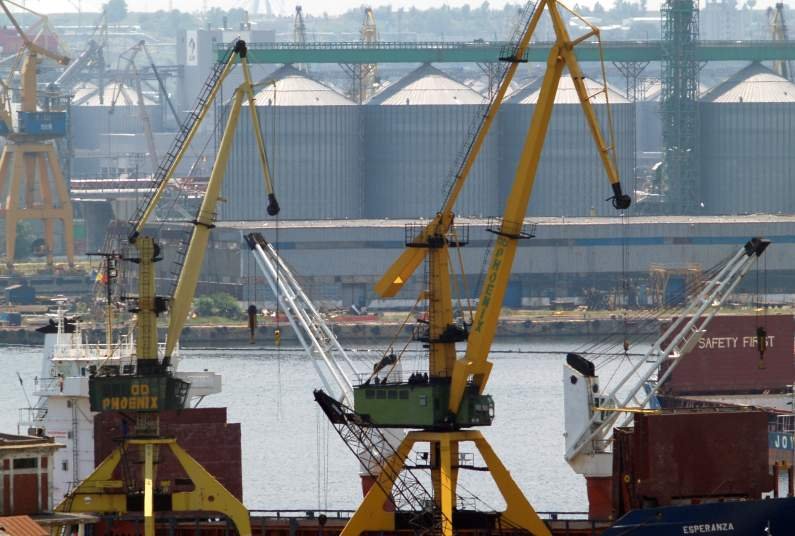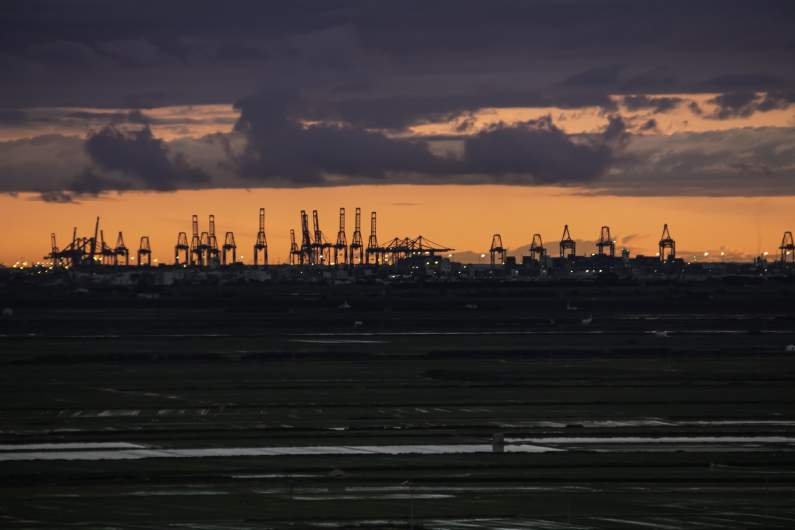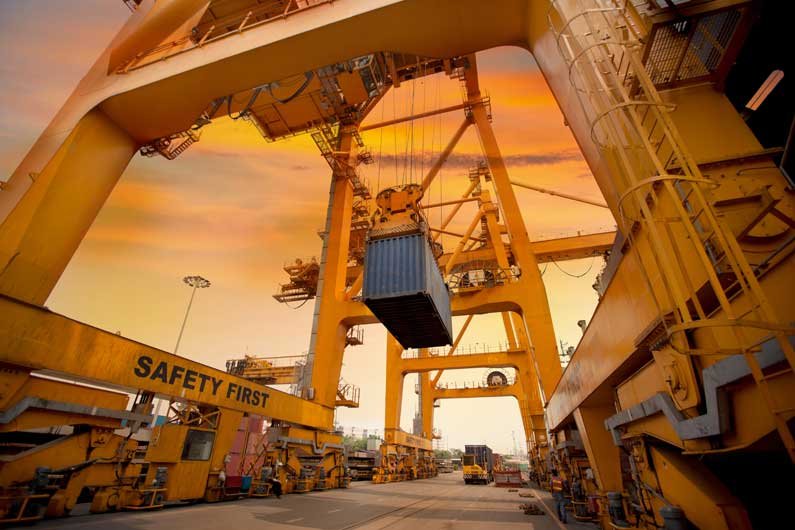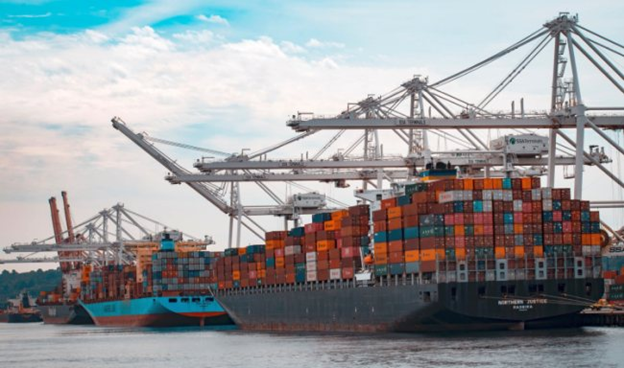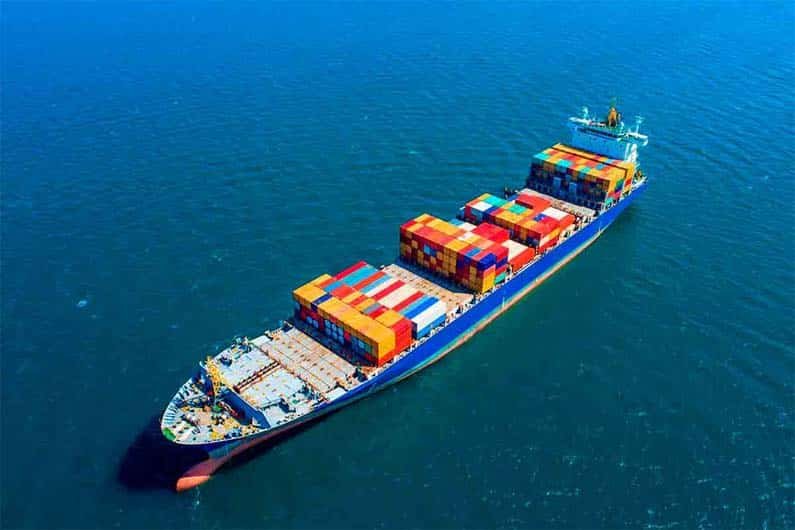Trucking to Dallas
Heavy equipment moves for construction, oil and gas, energy, agriculture, and manufacturing depend on a disciplined trucking plan.
From Houston to Dallas and back along the I-45 corridor, timing, permits, and the right trailers make the difference.
This guide covers the key steps for heavy equipment trucking between Houston and Dallas, including trailer selection, TxDOT oversize and overweight permitting, loading, routing, and delivery.
Why Trucking to Dallas and Back Matters
Economic Activity
Houston’s port and energy cluster connect with the DFW distribution hub.
Regular lanes for heavy oilfield machinery, construction equipment, and bridge components keep projects on schedule.
See reverse logistics and Texas oil and gas logistics.
Resource Utilization
Houston repair yards, fabricators, and OEMs handle major maintenance and rebuilds.
Dallas provides warehousing and regional distribution. Coordinated trucking leverages both markets for faster turnarounds.
Expertise and Services
Access specialized riggers, welders, and service techs in both metros.
Moves for drilling rigs, compressors, generators, and crawlers benefit from shared skills and parts availability.
Project Demands
Large sites need gear on precise dates.
Cranes, excavators, dozers, and bridge components must arrive exactly when crews are ready to install.
Understand the Load
Define the cargo first so routing, permits, and securement match reality.
- Record dimensions, weight, center of gravity, lift points, and fluid status.
- List attachments and removeables such as buckets, blades, or cabs.
- Confirm special handling for precision tools, generators, or bridge components.
- Verify site constraints at pickup and delivery.
Plan the Move
Create a simple plan that covers permits, routing, paperwork, and contacts.
- Permits: TxDOT oversize and overweight permits, escorts, and curfews when limits are exceeded.
- Route survey: Check low clearances, construction zones, and weekend restrictions along I-45 and loops.
- Documents: Bill of lading, insurance certificates, and, for cross-border legs, international coverage.
- Communication: Set pickup and delivery windows and confirm crane or dock availability.
Prepare the Equipment
Protect the load and reduce risk before the truck arrives.
- Pre-trip inspection with photos. Note prior damage.
- Service critical systems. Drain fluids if required.
- Disassemble to meet legal dimensions when needed.
- Block, brace, and protect with dunnage, edge guards, and tarps.
Load and Transport
Match the trailer to the load to stay safe and legal.
- Flatbed or step-deck: Palletized parts, skids, smaller machines.
- RGN or lowboy: Tall or heavy crawlers and wheeled equipment.
- Multi-axle heavy-haul: Extreme weights and long wheelbases. See heavy-haul trucking.
Use certified rigging and the required tie-down count.
Follow FMCSA securement rules and site safety plans.
Delivery and Aftercare
Close the loop with visibility, inspection, and clear paperwork.
- Live GPS and ETA updates with proactive re-sequencing when delays appear.
- Final inspection on arrival. Document discrepancies. Open claims with cargo insurance support if needed.
- Plan return legs for cores, tooling, and rentals using reverse logistics.
Why Texas International Freight
One point of contact from pickup to delivery. We handle permits, routing, trucking, heavy machinery logistics, rigging, and insurance for Houston–Dallas lanes.
Get a fast plan and rate. Contact us.
FAQs
Which industries ship most between Houston and Dallas?
Oil and gas, construction, power generation, manufacturing, and agriculture. Typical cargo includes cranes, rigs, turbines, generators, and bridge components.
What documents do I need?
Bill of lading, insurance certificates, and permits for oversize or overweight loads. Some projects require lift plans and site safety files.
Are there size or weight limits on I-45?
Yes. TxDOT sets axle, gross weight, and dimensional limits.
Over-limit loads need permits, escorts, and approved routes managed under heavy-haul.
Can multiple machines move on one truck?
Often, if combined dimensions and weight stay legal and securement points allow it. Otherwise use step-deck or RGN combinations.
How do you protect high-value equipment?
Engineered packing, tarping, shock and tilt indicators, and route-specific securement. Coverage via all-risk cargo insurance.

